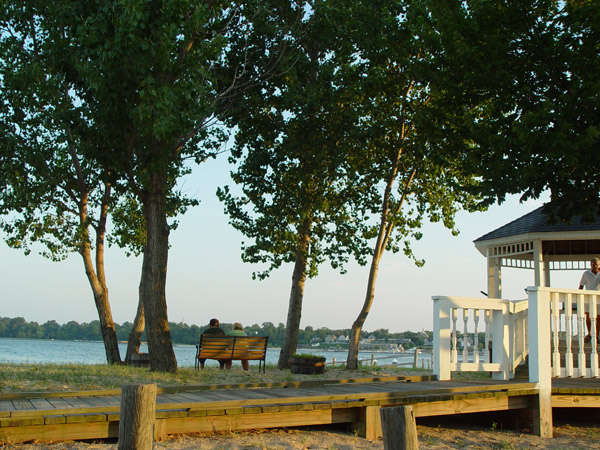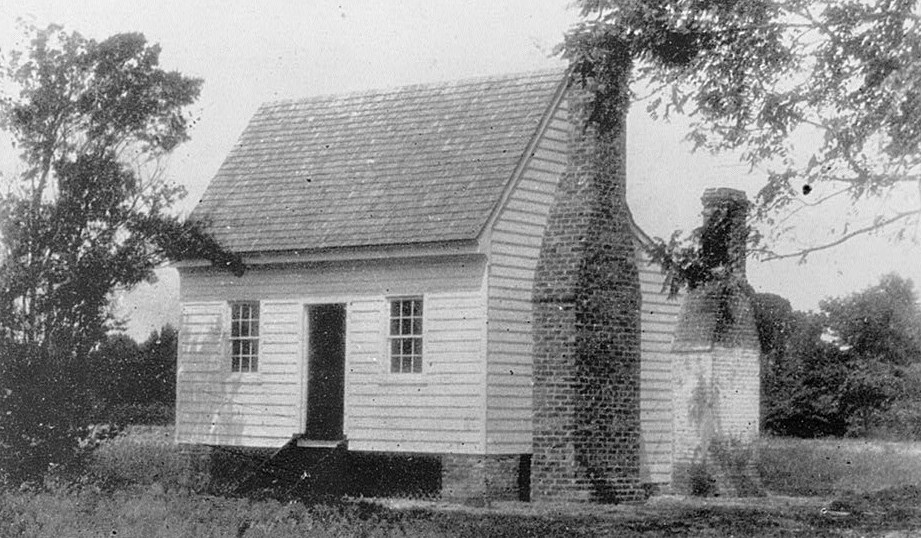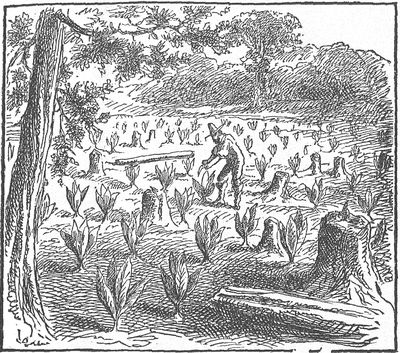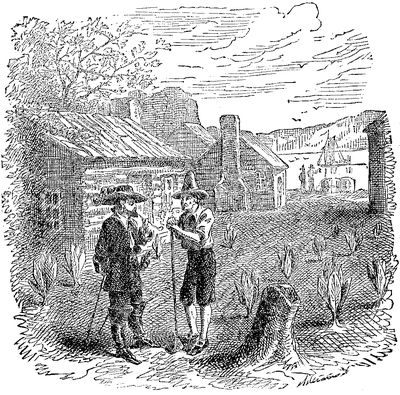Names of Families in Gloucester County Genealogy, Wills, Estates, Marriages

Marriages
- Gloucester County Marriages to 1699
- Licenses 1777 to 1778
Revolutionary War
- Roster for Gloucester County
Surveyor Records
- 1704 Quit Rent Rolls
- Surveyor Book 1773-1806
- List of Surveyors 1670-1866
Miscellaneous Wills and Estates
Bernard, Robert
Blacknell, Charles
Leavit, Thomas
Roane, Alexander
Singleton, Robert, LWT
Digital Images of Wills 1862 to 1896
Testators: Allen, David ; Andrews, William ; Backhouse, John W. ; Baytop, Sarah A. ; Blake, James ; Bland, Archer ; Bland, Delilah Ann Elizabeth ; Bland, Scuyler ; Bohannon, John ; Bray, Thomas; Bristow, William; Bristow, William L.; Broaddus, Edwin; Brown, George Washington ; Brown, Randall; Bryan, Catharine A.; Bryan, Lucretia ; Bryan, Julia ; Burwell, Beverly; Cary, John R.; Catlett, John W. ; Cattell, Powell ; Catlett, Temple ; Chapman, Mary; Chapman, William ; Clarke, Colin ; Clayton, Lucy M.; Cooke, Peyton; Cooke, Thomas S. ; Cooke, Washington ; Curtis, Charles C. ; Cutler, Emily; Dabney, James K.; Daniel, Susan ; Davenport, James ; Dean, Gains; Deans, Josiah Herbert; Dews, Zachariah ; Dobson, John; Driver, Samuel; Duer, Isaac J. ;Duncan, Mary Frances ;Dunford, John W.; Dunn, Washington; Dutton, Elijah ;Eaves, Mary Harwood; Enos, Susan; Fambrose, Elizabeth ;Field, Humphrey ;Field, Lucy ;Field, William ;Fletcher, William R. ;Flowers, Lucy; Folkes, L. E., Mrs.; Fox, Eleanor ;Fox, Thomas Booth ;Foxwell, Nancy ;Freeman, Mark ;Freeman, William ;Gayle, Robin ;Graves, James C. ;Green, Randol ;Grissill, Lucy Ann; Guest, James; Gussett, Martha W.; Gussitt, William W.; Guthrie, Essex ;Hall, H. P. ; Hall, William F. ;Harwood, Thomas S. ;Hau, Robert ;Haynes, George ;Haywood, James C. ;Haywood, William B. ;Hiatt, Thomas ;Hibble, John L. ;Hibble, Letty R.; Hibble, William ;Hinkle, Catherine ;Hinman, Martha ;Hobday, William ;Hogg, John;Hogg, John (2) ;Howard, Lucy ;Hughes, George ; Hughes, John ; Hughes, Johnnie F. ;Jackman, Francis A. ; Jenkins, John ;Jones, Catesby; Jones, Fanny E.; Jones, John H.; Jones, William Catesby ; Kemp, Gregory ;Kemp, Sarah; Kilee, Thomas; Lambeth, Elizabeth ;Lambeth, William M. ;Landis, John ; Lewis, John T.; Mann, Charles ;Marchant, Thomas ;Marshall, Samuel Washington ;Massey, Edward Y.;Massey, William C. ;Massey, William Y.; Mason, Philip F. ;Mathias, Britton ;Medlicott, Joseph ;Medlicott, Samuel ; Mitchell, Rachel W. ; Monroe, Betsy ;Monroe, Elijah ;Moore, Henry M. ;Munford, George W. ;Nelson, Mary Augusta ;Page, Lucy Ann ;Page, P. R. ;Patterson, Charles; Pearce, George C. ;Pearce, John H. ;Penos, Samuel ;Perrin, William K. ;Perrin, Willis;Pointer, Seth ; Pointer, Thomas W.; Pointer, William D. ;Pratt, Benjamin ;Preben, Henry ;Proctor, Elizabeth ;Proctor, James H. ;Rayfield, William ;Richardson, Carlton ;Richeson, Leonard ;Roane, E. P. ;Roane, George A. ;Roane, Henry ;Roane, Samuel F. ;Robins, Elizabeth P. ;Robins, Thomas C. ;Rowe, Benjamin ;Rowe, Catherine ;Rowe, Robert R. ;Rowe, Robert S. ;Rowe, Thomas W. ;Roy, Martha ;Royston, Maria ;Sears, Edward ;Sears, Lucy A. ;Seawell, John H. ;Seawell, John T. ;Seawell, Thomas M.; Sedgwick, William; Selden, Robert ;Shackelford, George W. ;Sheldon, Harriett ;Shepard, Chancy B. ;Sinclair, John ;Singleton, Dorothy ;Smith, Frances ;Smith, Johnson ;Smith, Judith ;Smith, Peyton; Smith, Rachell ;Smith, Sally Kerr ;Smith, Sarah ;Smith, Thomas F. ;Smith, William ;Smither, John W. ;Smither, William T. ;Stewart, Robert H. ;Stubblefield, Julia A. ;Tabb, Evelina M. C. ;Tabb, John ;Tabb, John Prosser ;Taliaferro, Edwin ;Taliaferro, Fanny ; Taliaferro, Leah ;Taliaferro, William ;Tazewell, Frank; Thomas, William Sr.; Thornton, Thomas ;Thruston, Emanuel ;Thruston, John M. ; Thruston, Robert ;Thruston, William ;Tompkins, Evalina; Tyler, James ;Van Antwerk, Zoe ;Vandegriff, Henry ; Vaughan, Hetty ; Vaughan, William; Walker, John H. ;Walker, William S.; Walter, Margaret ;Ware, Ella S. ;Ware, James B. ;Watlington, Frances ; Wells, Moses E.; Wiggins, Maria ;Williams, Thomas ;Willis, John ; Withers, Alfred Dunham ;Wood, Randall
Miscellaneous
A Silver Beaker from the Past

How Tobacco was Grown in 1620


